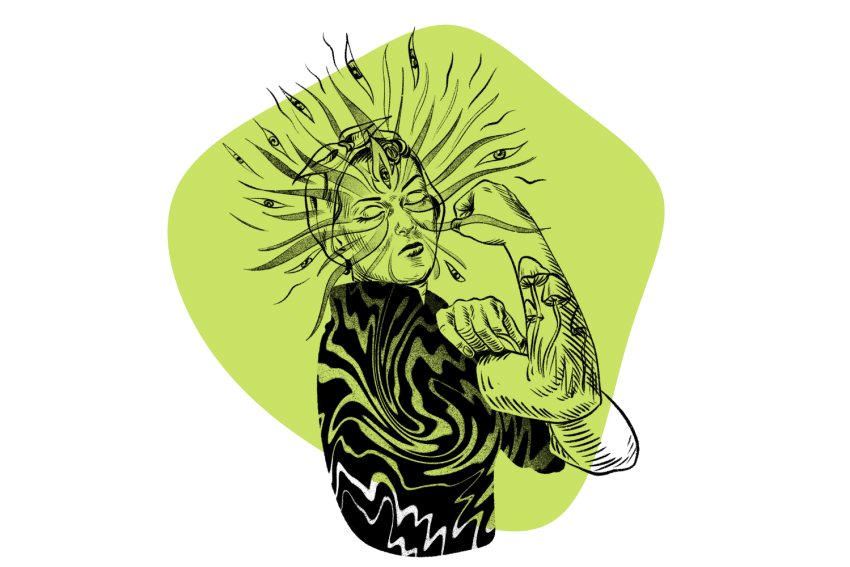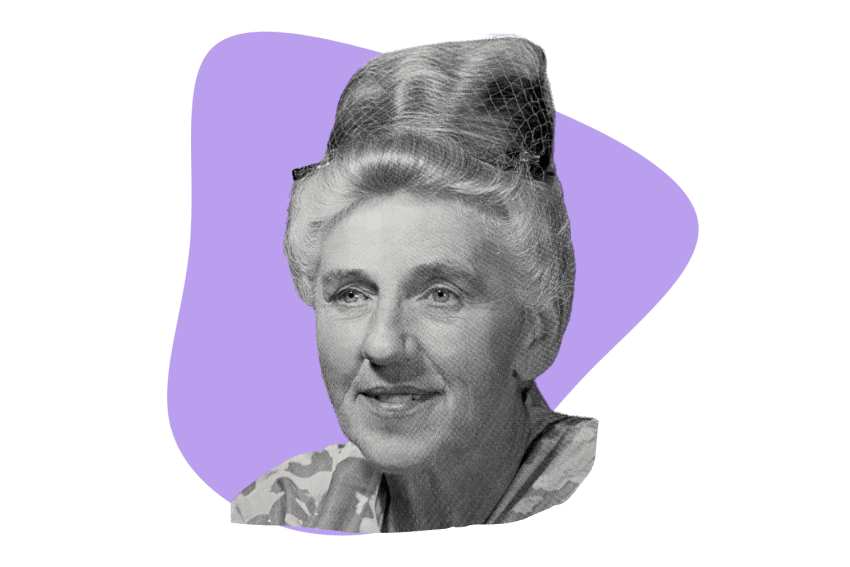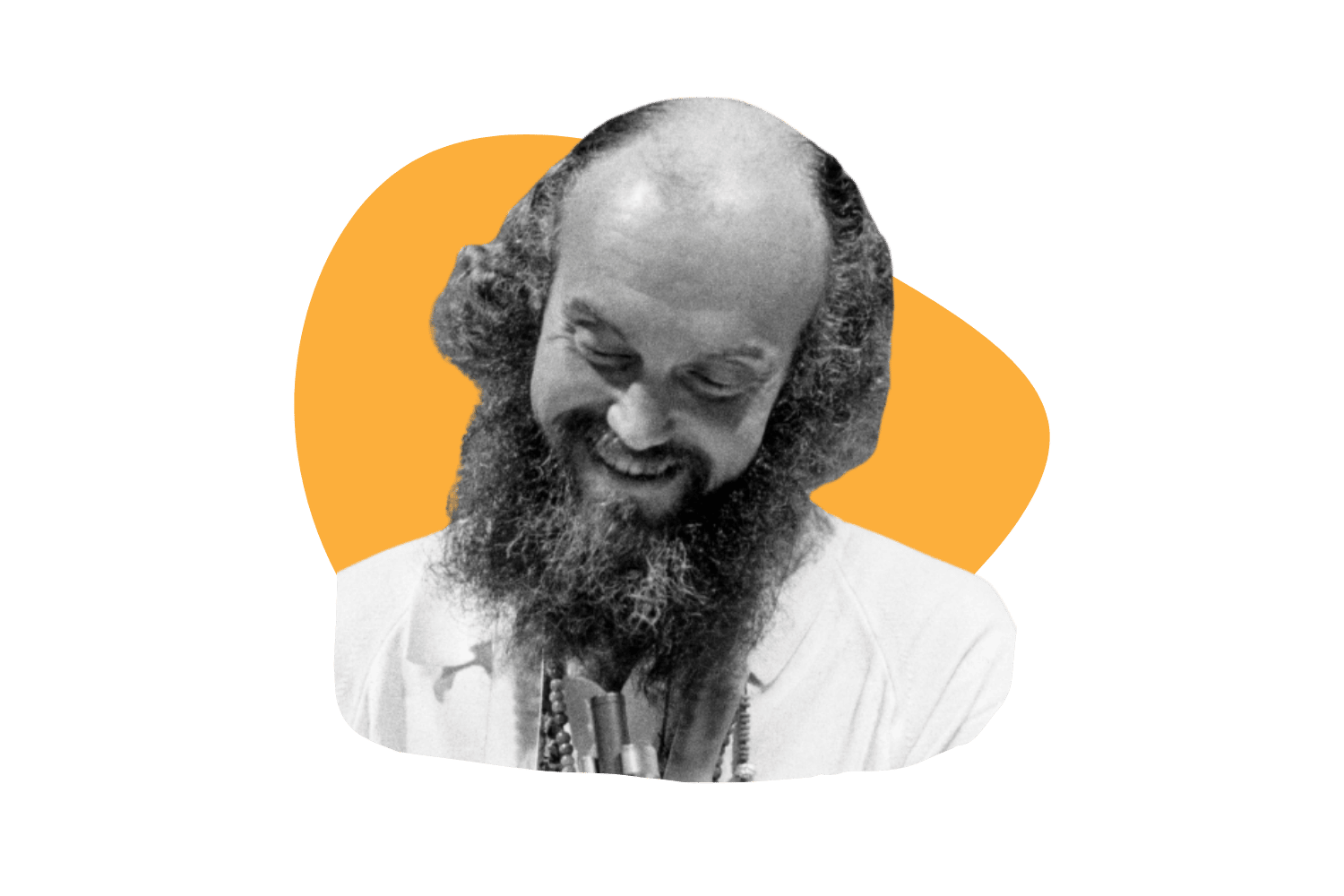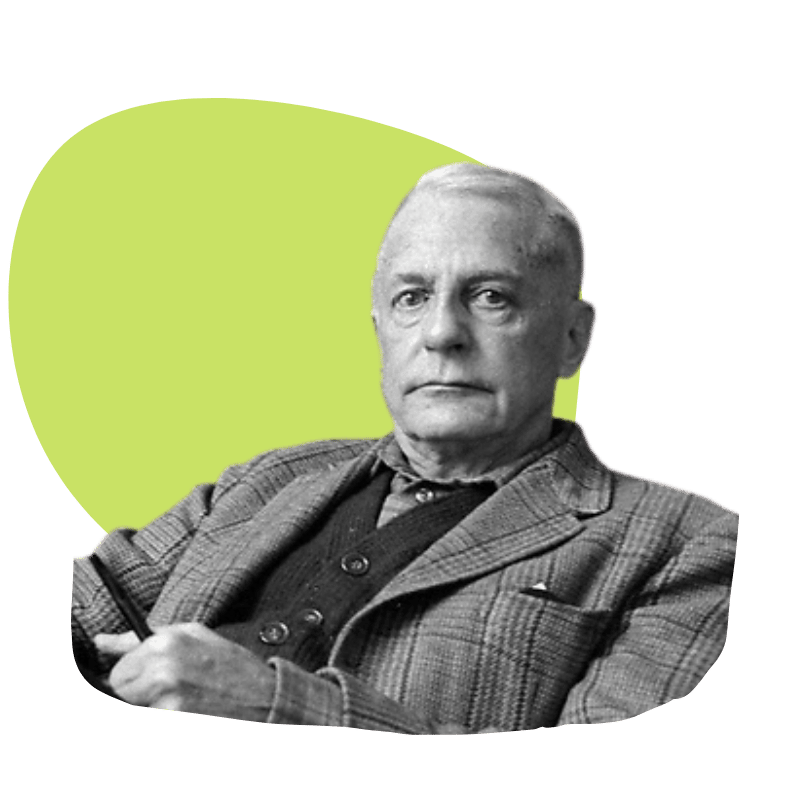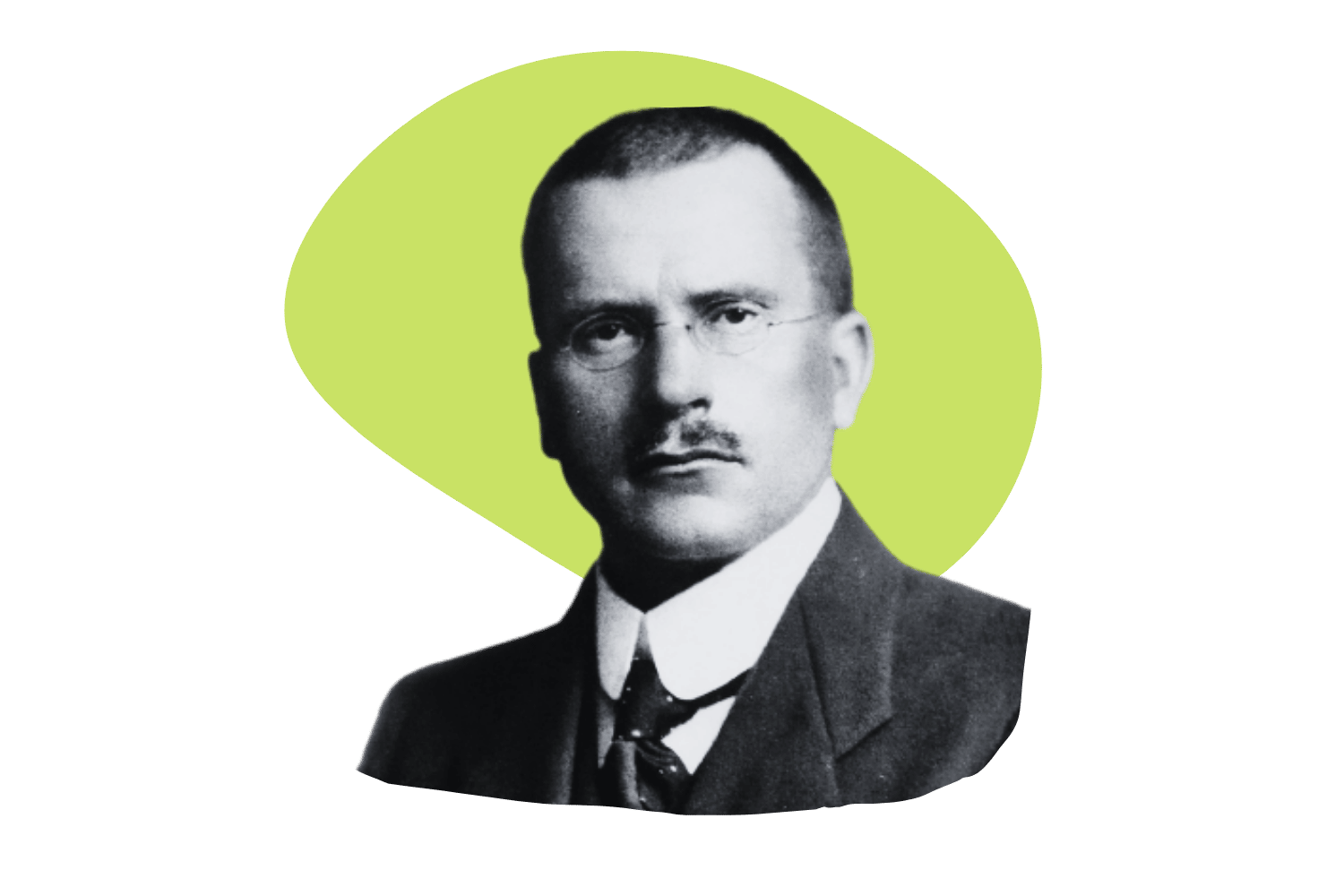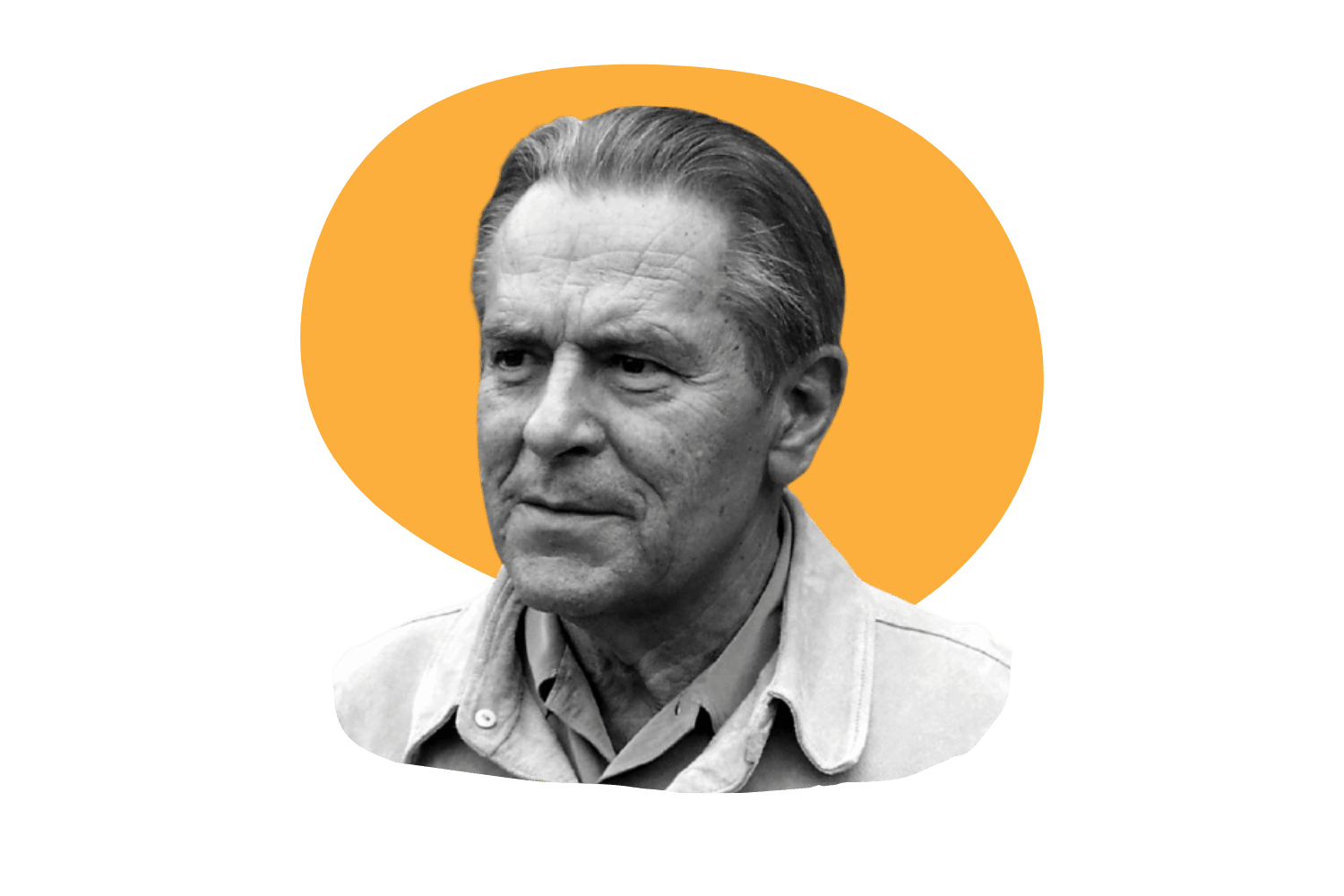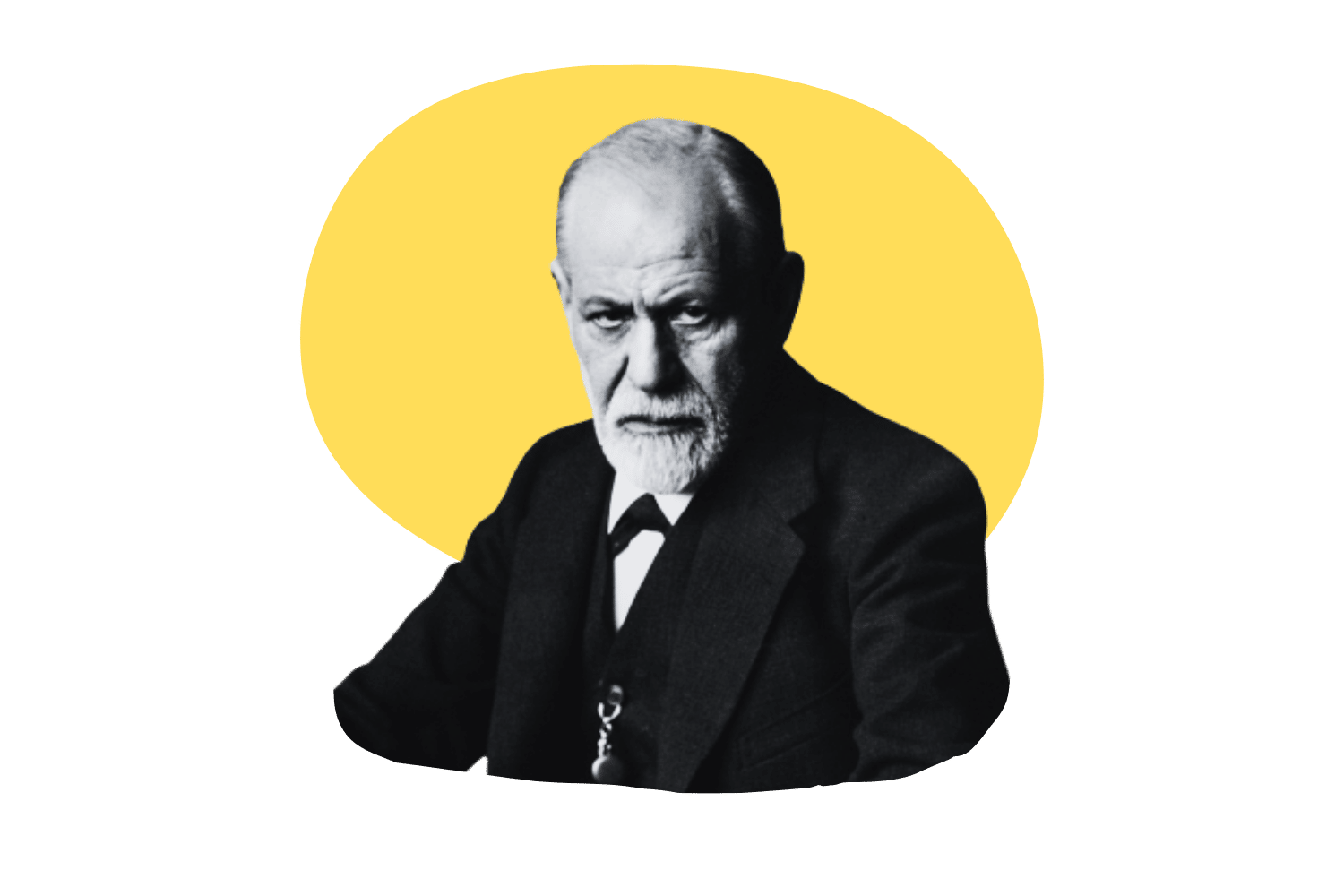Al Hubbard: Inventor, Special Agent, & Patron Saint of Psychedelics
The tale of Al Hubbard is unlike any biography you’ve ever read. From smuggling weapons to enhancing societal consciousness with LSD — meet the man who will forever go down as one of the patron saints of psychedelia.
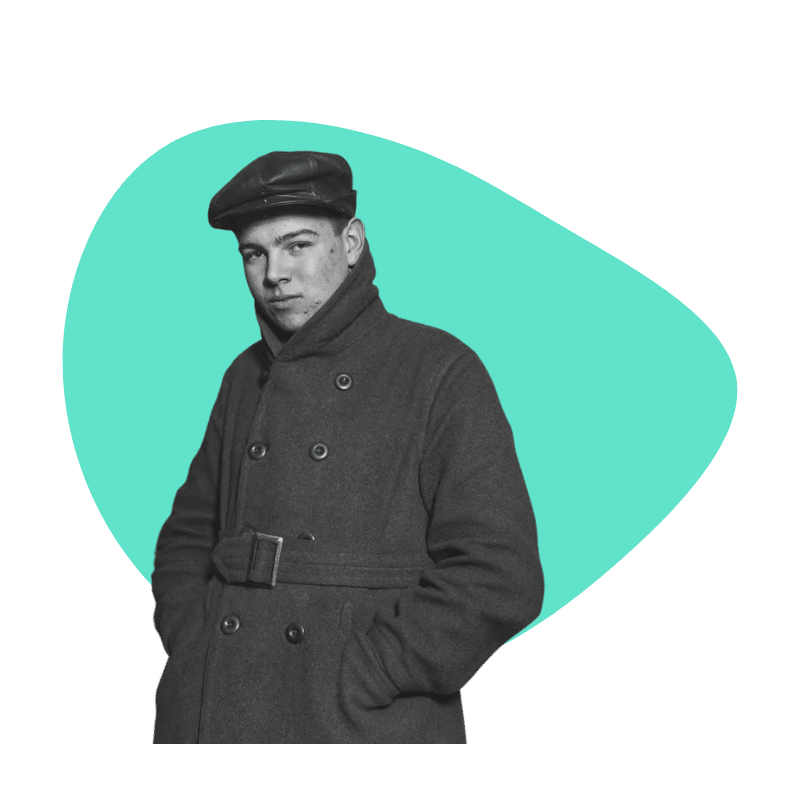
Alfred Matthew Hubbard (AKA Al Hubbard) was essentially a psychedelic missionary in his later years, sharing the wonders of LSD with the world. However, his life certainly didn’t start that way.
Hubbard’s life seems like something out of a movie script — but it’s far from fiction.
He came from a poor Kentucky family with nothing and became a passionate millionaire and psychonaut. His life took several twists and turns, and he was broke again by the time he died.
Here’s the story of a fascinating pioneer of psychedelics whose name was almost lost in time.
The Fascinating Life of Al Hubbard
Al Hubbard lived a life like no other. You won’t find Al Hubbard in the history books, and he left no diary. Hubbard kept to himself and stayed quietly in the background, but he was one of the key drivers of the early psychedelic renaissance.
The story of Captain Al Hubbard (AKA Captain Trip) is one that’s rarely told. If it weren’t for his close friends and colleagues, he might have lived in death as he lived in life — in the shadows unseen by the world.
Let’s delve into the life of this pioneer of acid.
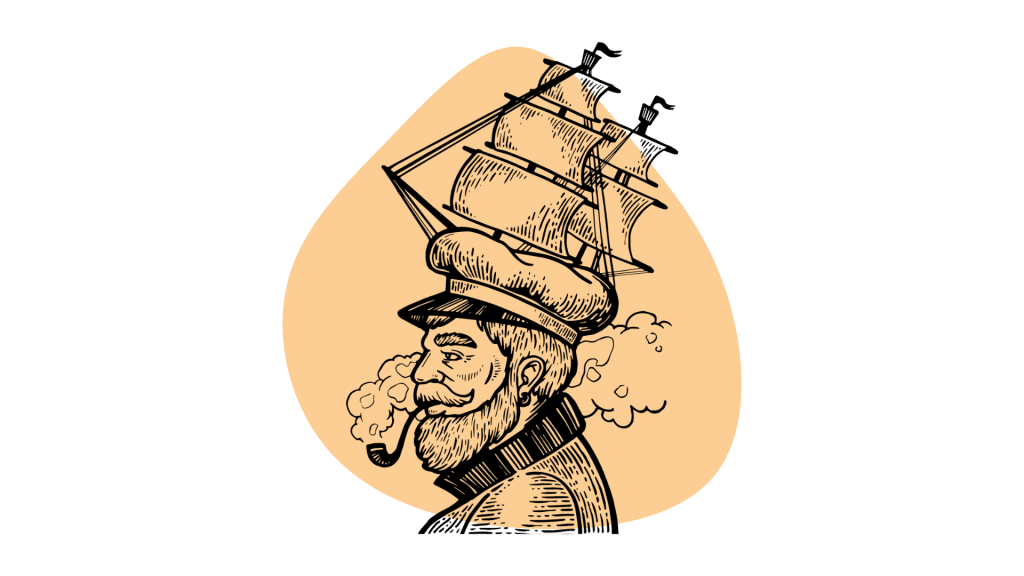
Al Hubbard’s Upbringing
Al Hubbard was born in 1901 in Kentucky. He never made it past the third grade and supposedly didn’t even own a pair of shoes until the age of twelve.
People that knew Al Hubbard as a boy would call him “the barefoot boy from Kentucky,” but his life changed dramatically during his teen years.
Hubbard had visions throughout his life. He would see angels that would guide him, so he quickly learned to trust these visions and benefited greatly by doing so. As a young man, Hubbard was visited by a pair of angels that told him he must “build something great.”
He took this “visit” seriously, and regardless of his lack of education and money, Hubbard transformed his life by inventing the Hubbard Energy Transformer at age 19. This battery system harnessed radioactive energy and converted it into electricity.
This technology was basically unheard of — Hubbard invented something way ahead of its time. How did a young “hillbilly” boy with no shoes and next to no education create something so astounding? Was he really guided by forces from another world?
We’ll never know where Hubbard found his inner genius, but one thing is for sure; the Hubbard Energy Transformer was the catalyst that would change the course of his life forever.
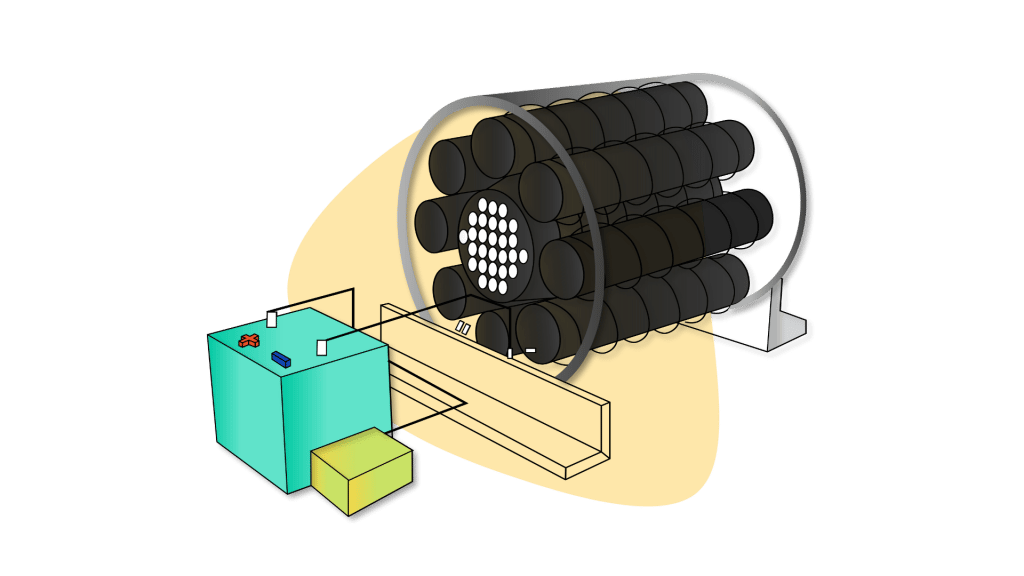
Hubbard’s “Movie Star” Lifestyle
Al sold a half interest on the patent of the Hubbard Energy Transformer to the Radium Corporation of Pittsburgh for a whopping $75,000 (around 2.5 million in today’s money). The 11 x 14-inch box supposedly powered a ferry-sized vessel around Portico Bay in Seattle for three days non-stop.
Nothing more was heard about the Hubbard Energy Transformer, as many scientists called it a hoax.
After his success with the transformer at the early age of 19, Hubbard moved to Seattle. He became an engineer in the 1920s for a short period, but a fire burned in his heart. At this young age, Hubbard seemed to have a streak of mischief.
He took a job as a taxi driver on the streets of Seattle, but he was no ordinary cab driver. This was the time of Prohibition, and Al’s role was to help rum-runners successfully ferry their alcohol past the US and Canadian Coast Guards.
He drove around with a sophisticated ship-to-shore communications system in the trunk of his taxi cab. He used this to guide the runners into the docks without detection. Unfortunately for Hubbard, he eventually got caught and served 18 months in prison.
After his release, scouts from the OSS (Office of Strategic Services) headhunted Hubbard to apply his knowledge in electronic communications. He was pardoned of any previous wrongdoing by Harry S. Truman under the Presidential Pardon 2676 and became Agent Captain Al Hubbard of the OSS — this is where he earned part of his iconic nickname, “Captain Trips.”
It’s also widely believed that Hubbard was involved in the Manhattan Project and could have been one of the brains behind developing the first atomic bomb.
Hubbard started shipping armaments during World War 2 from San Diego to Canada — in darkness, without navigational lights. These operations weren’t in the slightest bit legal, and he later faced a Congressional investigation.
To escape formal charges, Hubbard escaped to Vancouver and became a Canadian citizen.
With a wallet full of cash and plenty of connections, he founded a company called Marine Manufacturing — a Vancouver-based charter-boat business. By age 40, Al Hubbard fulfilled his dream of becoming a millionaire.
By 1950, at age 49, Hubbard was the scientific director of the Uranium Corporation of Vancouver. His millions grew, and he owned a fleet of aircraft, several luxury cars, a 100-foot yacht, and a private island.
Throughout his “pre-LSD” life, Hubbard was employed by several different government organizations, including the Canadian Special Services, the United States Justice Department, and even the Bureau of Alcohol, Tobacco, and Firearms.
It’s also speculated that he was involved in the “mind-control” project known as MK-ULTRA. However, this will forever be unknown since the paperwork associated with the experiment was destroyed.
Hubbard’s Introduction to LSD
Despite Hubbard’s success — his millions and his luxurious lifestyle — he was extremely depressed. Al had every material object a man could want, such as grand yachts, Rolls Royce cars, private planes, and private islands. He was desperately searching for meaning in his life.
This “meaning” in his life may have been discovered in 1951.
One day, while hiking in Washington state, Al had another vision. He claimed an angel appeared to him and said he would be presented with an opportunity. The angel said if he participated in this important opportunity, he could be a part of changing the future of humanity for the better.
Of course, Hubbard wanted to participate, but the angel apparently gave no clues about what exactly this opportunity was.
It wasn’t until a year later that Hubbard came across the answer — LSD (lysergic acid diethylamide), a potent psychedelic that changed Hubbard’s life dramatically.

Captain Al Hubbard’s life shifted from the millionaire lifestyle towards becoming a neuronaut, exploring the world of psychedelics.
While browsing through The Hibbard Journal (a popular scientific journal at the time), Hubbard read an article about the effects of LSD on rats. He tried the substance and had a completely life-changing experience. Hubbard claimed that during his trip, he saw his own conception, birth, and even the beginning of all life on earth.
This profound experience put Al on a new course. He thought everyone should be able to experience what he did during his trip. He believed that if everyone had this experience through LSD, then life on planet earth would change for the better.
Hubbard’s LSD trip was his calling, and he vowed to deliver its message to as many people as possible. This is where “Captain Trips” started his journey as a psychedelic missionary.
Hubbard Becomes a “Psychedelic Missionary”
After Hubbard’s psychedelic experience, he swiftly contacted the famous Albert Hoffman — the Swiss chemist that invented LSD. Hubbard acquired a phenomenal amount of the substance from Hoffman; some claim he managed to source over 6,000 vials.
Remember, LSD was still legal at this time, and research into its potential use in the medical world was ongoing.
Al said to Hoffman that he would use the LSD for the “liberation of human consciousness,” something he attempted to do over the following years. However, to do this legally, he needed a permit from the FDA, which would allow him to perform clinical research.
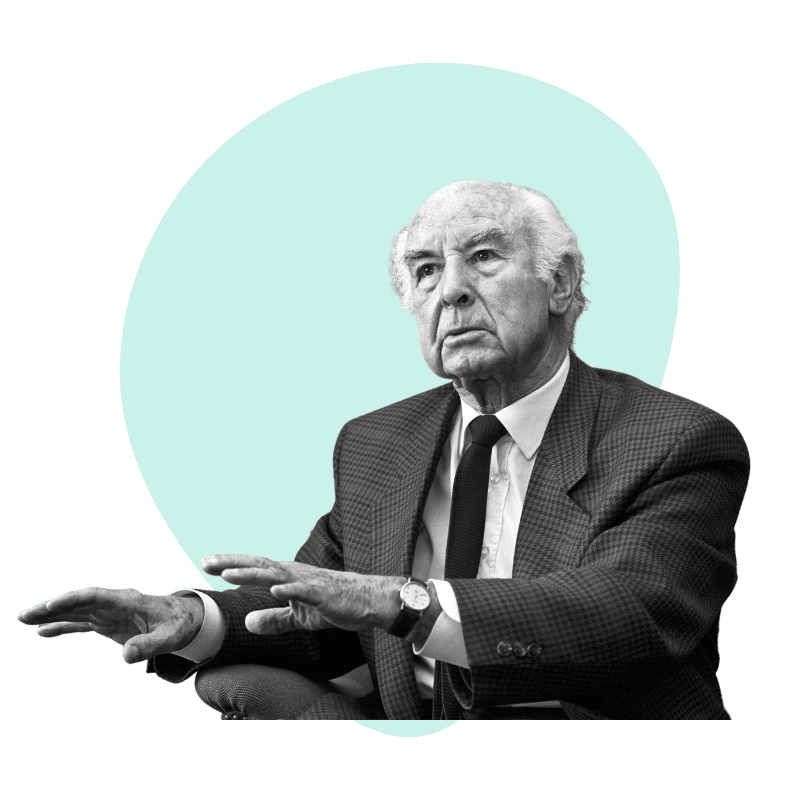
Obtaining a permit shouldn’t have been so easy for a man who didn’t make it past the third grade (and previously spent over a year in prison). Regardless, Hubbard received a Ph.D. from a less-than-trustworthy school, which then allowed him to obtain a permit from the FDA.
With this permit, Hubbard aimed to give LSD to people with a lot of money, power, and influence. He believed that if these people could experience what he did, he could change how humanity operates and the structure of global power.
Hubbard targeted big businessmen, popular writers, famous actors, politicians, and church officials. He succeeded in his goal — at least partly. Hubbard administered LSD to several prominent figures in the world back then. However, he quickly realized that this strategy wasn’t exactly going to “change the world.”
Regardless of his setbacks, Al still dreamed of an enlightened society and believed LSD and other psychedelic compounds were the answer.
Hubbard went on to administer LSD to over 6,000 people until it was banned by Richard Nixon in 1966 when he announced “the war on drugs.”
Among those 6,000 were high-ranking members of the Catholic Church and several influential figures. Hubbard even administered LSD to Alcoholics Anonymous Founder Bill Wilson. It’s speculated that Bill Wilson stopped drinking thanks to his experience with Hubbard and this psychedelic.
Al Hubbard also introduced several (now) famous creative figures to LSD, and the substance could have been the catalyst that drove them to success. The famous English author Aldous Huxley was administered LSD by Hubbard during a therapy session and then wrote Heaven and Hell.
Hubbard’s influence doesn’t stop there, either.
He supplied a large portion of the Beverly Hills psychiatrists with LSD, who then administered the substance to their patients. Actors such as Cary Grant, Jack Nicholson, and James Coburn all “got high” on Hubbard’s acid. The famous filmmaker Stanley Kubrick was also supposedly “switched on” from Hubbard’s LSD.
As well as introducing several creative and influential minds to the power of acid, Hubbard helped researchers of the time think in a new and more positive way about LSD.
Before Hubbard, scientists believed LSD inflicted madness and schizophrenia on those who consumed it. Hubbard changed many people’s opinions on the substance and led the way for less-biassed clinical trials. At the time, research into the potential of the substance’s use in therapy was growing. Of course, all the hard work and scientific papers outlining the potential benefits of LSD strangely disappeared after the war on drugs began.
Al simply wanted people to take this substance and other psychedelics seriously, and he achieved that to some extent. He helped people understand that this powerful compound wasn’t something only for use in a clinical setting but rather familiar surroundings that embodied a “relaxed mindset.”
Hubbard knew that the set (the mindset of the person) and the setting (the surroundings in which the user has the experience) were essential parts of the LSD “ritual.”
Although Albert Hoffman was the man behind the compound, Al Hubbard was the man that “brought LSD to earth.” Hubbard abandoned his empire to travel the world on a mission to introduce psychedelics to humanity.
Al’s dream was to change the mindset of society and create a better world through the use of these substances. Did he succeed? Well, that’s for you to decide. Without this almost forgotten individual, we may have never had the psychedelic renaissance we’re experiencing today.
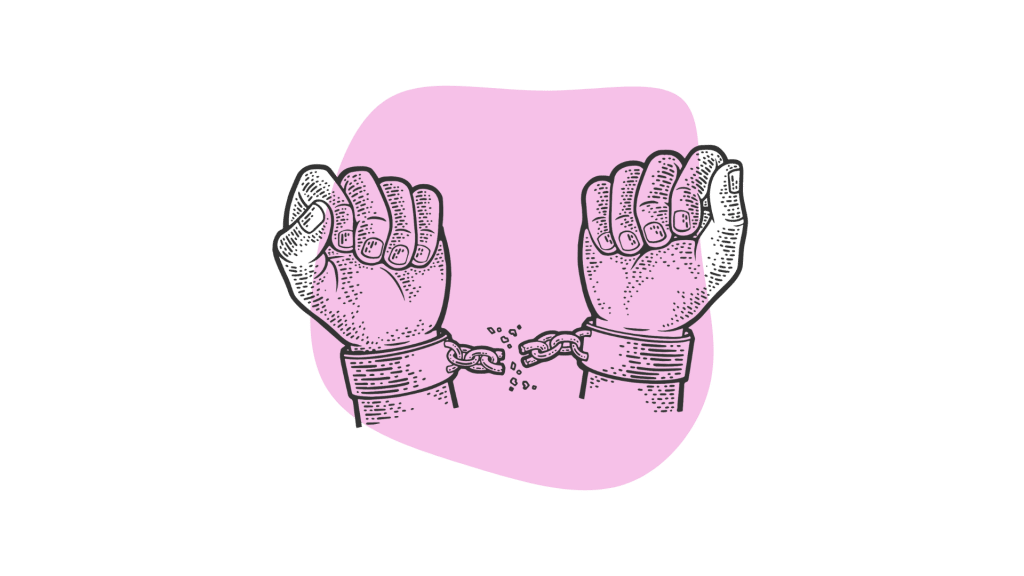
Hubbard’s Later Years
Hubbard’s dream of an enlightened society ended in 1966 when LSD became illegal and was given the highest class of illegality as a schedule 1 drug.
It’s believed that Hubbard buried his stash of LSD somewhere in Death Valley, but this is pure speculation, and no one knows for sure.
Hubbard retired and lived out his last days with little money; he exhausted his entire fortune into a dream that never came to fruition.
Al Hubbard died on August 31st, 1982.
Although Hubbard’s vision never came to be, he greatly impacted society and the psychedelic world. He shifted the mindset that LSD is a substance that induced psychosis and schizophrenia to a more positive outlook that portrayed it as a potentially life-changing substance that had value in the medical world.
Hubbard was one of the main men behind the scenes that ultimately lit the fuse that started the psychedelic renaissance.
If it wasn’t for the work of Al Hubbard, perhaps fewer people would understand the power of psychedelics.
Although Hubbard has now passed, his dream still lives on. Now, over half a decade later, psychedelic substances are finally recognized as more than just mind-altering drugs.
Related: Making Sense of Psychedelic Research

The Legacy of Alfred Hubbard
Although Hubbard never achieved his vision of an enlightened society, he has left a legacy in his wake. Many people have never heard of agent Captain Al Hubbard, “the Johnny Appleseed of LSD,” but he left a legacy behind.
He changed the way many scientists of the time reviewed LSD, and even though his journey was cut short by Nixon’s war on drugs, he paved the way for the psychedelic renaissance we’re experiencing today.
Hubbard and Timothy Leary also helped build the idea of “set and setting,” which is commonly practiced recreationally and in therapy during psychedelic use.
Al also created the “Hubbard Room.” He rebelled against using a clinical setting when LSD was used and opted for a room with soft light, relaxing music, pictures, and candles. This helped put the patient in a good state of mind (the set) thanks to their external environment (the setting).
By the Summer of Love, Al Hubbard was ruined and had to sell most of his assets. He began life without a dollar to his name and, unfortunately, passed away in much the same way. Hubbard’s legacy definitely lives on, though; without his presence before the criminalization of LSD, the psychedelic scene may have been far from what it is now.
Has Al Hubbard Ever Published Anything?
Al Hubbard was elusive in life, and although he was essentially a psychedelic missionary that wanted to “bring LSD to the world,” he left little record of his achievements.
Al wasn’t quick to grab a microphone and talk, nor was he particularly interested in recording his clinical trials or writing about his experiences. There’s very little information that comes directly from Hubbard. We know his story because of the people he encountered throughout his life.
Hubbard did leave one known piece of writing — a short research paper posted in the Quarterly Journal of Studies on Alcohol titled “The Use of LSD-25 in the Treatment of Alcoholism and Other Psychiatric Problems.”
The article outlines the potential benefits of LSD in treating addiction — specifically for alcoholics — and its value in therapy. Hubbard and several other medical professionals undertook these studies. The results are impressive even in this day and age.

A Final Word: The Unbelievable Life of Albert Hubbard
The life of Al Hubbard is unbelievable.
Hubbard was elusive throughout life and didn’t leave much in the way of memoirs or physical possessions once he died. We have to thank the many people that encountered Hubbard throughout his journey for the amazing stories of his life.
Although Hubbard’s life is still very much a mystery, we can paint a vivid picture thanks to the lasting impression he left.
It wasn’t just the people he encountered that he left an impression on either. He also influenced the world of psychedelics as a whole. Behind the scenes, he altered the minds, views, and dynamics of LSD and other lysergamide psychedelics.

